Junkyard Find: 1988 Dodge Conquest TSi

The Mitsubishi Starion and its badge-engineered Dodge Conquest TSi twin were more quintessentially 1980s than neon-colored leg warmers and regulatory fiascos, combined. You had your gloriously ridiculous Japanese-macho lines, bright red interior, and TURBO emblems everywhere you looked. The Starion/Conquest was quick, too, with a big turbocharged Astron four-cylinder engine. Only problem was, the Starion/Conquest was a finicky, fragile machine, best known for maddeningly undiagnosable fuel-system problems, weird electrical-system woes, and general flakiness. Many are tempted by Starion projects, but eventually most of those MitsuDodges sitting under tarps in driveways will end up in The Crusher’s waiting room, as this Denver example has done.
To me, any car that had TURBO seat belts is all right! Chrysler really lost something when they replaced the cladding-and-spoilers slot in the lineup with the Dodge Daytona IROC R/T.
Of all the sporty cars that have competed in 24 Hours of LeMons races enough times to give us a decent sample size, the Starion is by far the least reliable. The Jaguar XJ-S, Alfa Romeo Spider, even the dreaded Porsche 944— all of them are cockroach-grade survivors on the race track, compared to the Starion.
But still, it’s impossible to think truly bad thoughts about this car. Just look at it!

Murilee Martin is the pen name of Phil Greden, a writer who has lived in Minnesota, California, Georgia and (now) Colorado. He has toiled at copywriting, technical writing, junkmail writing, fiction writing and now automotive writing. He has owned many terrible vehicles and some good ones. He spends a great deal of time in self-service junkyards. These days, he writes for publications including Autoweek, Autoblog, Hagerty, The Truth About Cars and Capital One.
More by Murilee Martin
Latest Car Reviews
Read moreLatest Product Reviews
Read moreRecent Comments
- Kwik_Shift_Pro4X Canadians are able to win?
- Doc423 More over-priced, unreliable garbage from Mini Cooper/BMW.
- Tsarcasm Chevron Techron and Lubri-Moly Jectron are the only ones that have a lot of Polyether Amine (PEA) in them.
- Tassos OK Corey. I went and saw the photos again. Besides the fins, one thing I did not like on one of the models (I bet it was the 59) was the windshield, which looked bent (although I would bet its designer thought it was so cool at the time). Besides the too loud fins. The 58 was better.
- Spectator Lawfare in action, let’s see where this goes.

































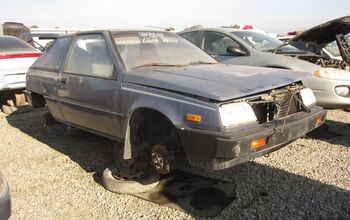
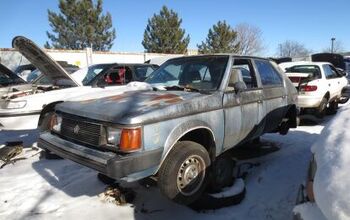
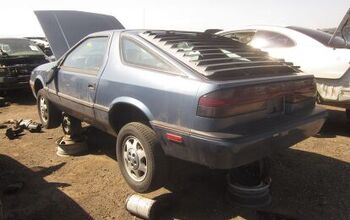
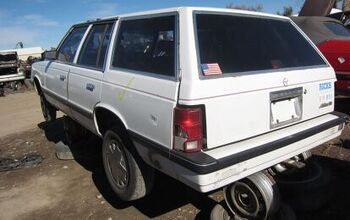

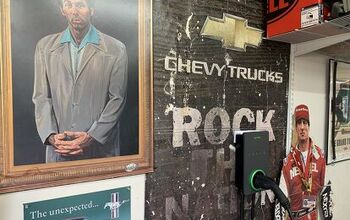





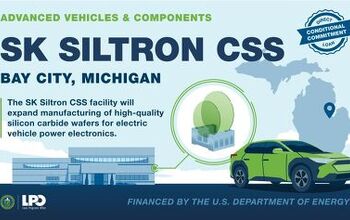




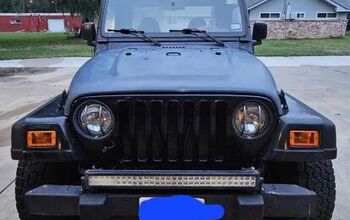
Comments
Join the conversation
Murilee Martin: "The Starion/Conquest was a finicky, fragile machine, best known for maddeningly undiagnosable fuel-system problems, weird electrical-system woes, and general flakiness." This reminds me of an article I came across in a recent issue of Modified Magazine about a Chrysler Conquest TSi that had a Corvette motor installed. Were it in my power, I could get this Dodge Conquest TSi and turn it into a similar project, but with a 3G Hemi instead of a Corvette engine.
In 1989, at age 11, my father and I went shopping to replace his problematic 1984 Lincoln Town Car; and so we moseyed into the local Chrysler dealer. Previously, our family had mostly Fords and Pontiacs. On the showroom floor was a 1988 Chrysler Conquest TSi, left over from the previous year, with "$5000 OFF" written on the windshield. It was definitely the coolest car in the joint, and given the generous rebate, I was like, "OMG Dad, we have to get this one!" Fortunately, he liked it too though he didn't really let on that he did. The end result was that after hours of haggling, we drove that sucker home that evening, with the promise that, "Someday this will be yours, son." I was ecstatic. Five years later, with only 38k miles, it was indeed given to me; and I managed (somehow) to tack on another 25k miles through my last two years of high school. I babied the thing, and we had nary a problem with it. It sure ate through the expensive Z-rated Goodyear tires fast though. A month after graduation, I was driving out of town during a heavy rainstorm -- a real frog strangler -- when gently accelerating after a right turn caused me to do a 180 and bang the curb backwards, snapping the driver's rear axle. Fender had moderate damage. Insurance company totaled it. Gypped us with only $4,500 payout. Anyway, ours was reliable. It was fairly fast. Handled well on dry roads, but dangerous on wet roads. Spun around VERY easily. Now, 20+ years later, I'm driving a '93 Olds Ninety-Eight with a 3800 V6 that is about as powerful as the Conquest, but in a car 600 pounds heavier (and 4 times the mileage on the odometer.) This car is VERY sure-footed on wet pavement.